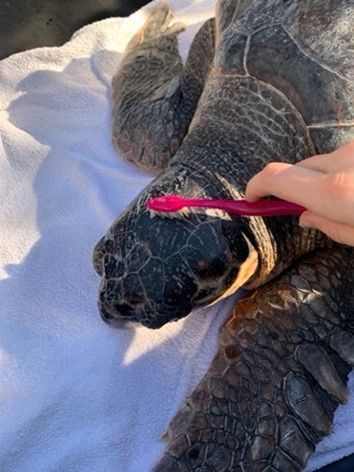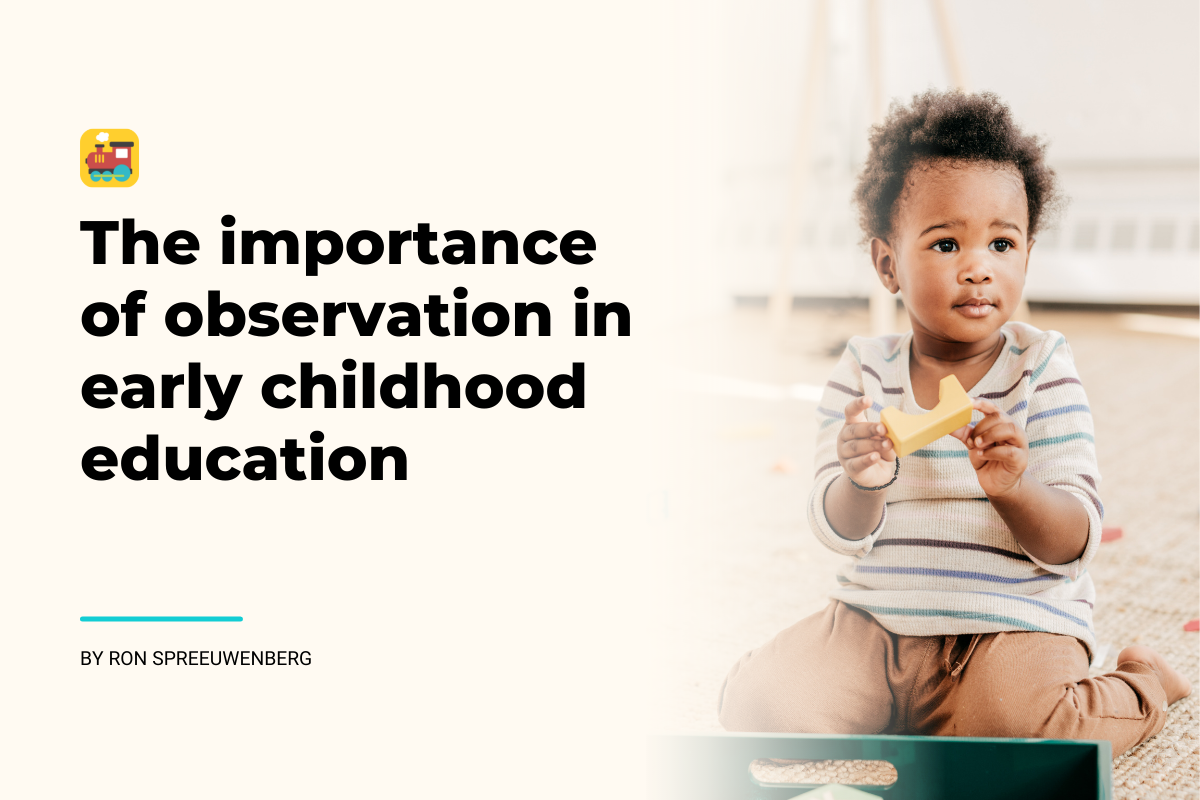Imagine a world where baby turtles thrive and flourish on our coastlines, their populations steadily increasing. This dream can become a reality through one simple act: daily monitoring and observation of their behavior. By keeping a watchful eye on these adorable creatures, we can gain valuable insights into their habits, needs, and potential threats, ultimately playing a crucial role in their conservation and survival. Get ready to embark on a fascinating journey into the world of baby turtles, where each observation holds the key to their future.
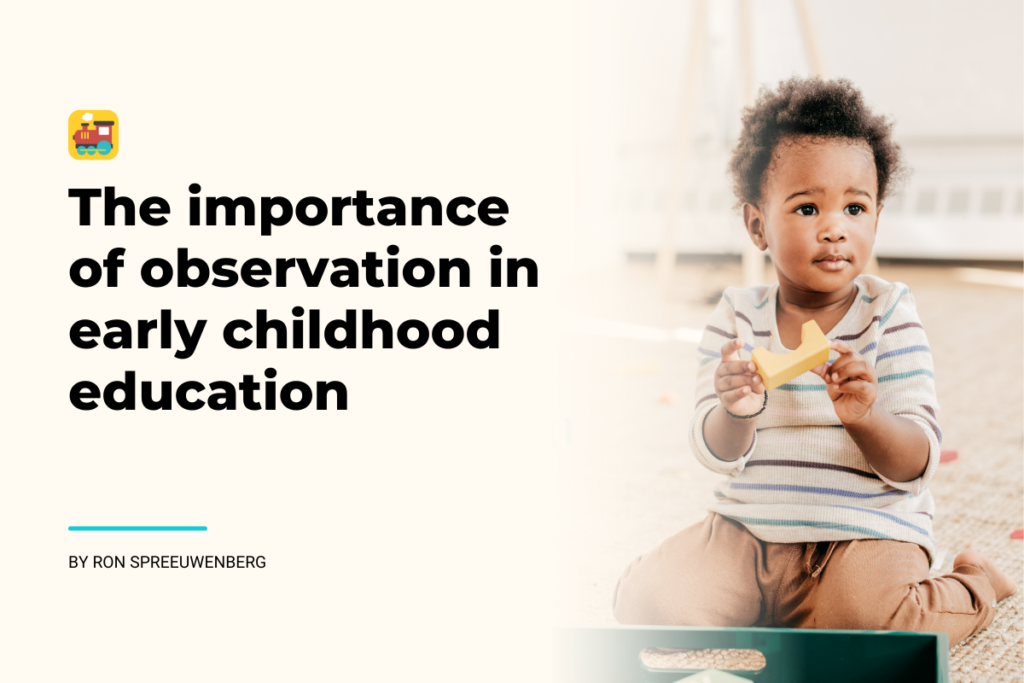
Ecological Importance of Baby Turtles
Role in Ecosystem Balance
Baby turtles play a crucial role in maintaining the balance of ecosystems. As they grow and develop, they become a vital part of the food chain, serving as prey for numerous predators. This predation helps in regulating the populations of other species, preventing overpopulation and ensuring a healthy balance within the ecosystem.
Additionally, baby turtles contribute to the redistribution of nutrients within their habitats. As they forage for food, they disturb sediment and stir up the water. This activity helps in nutrient cycling, benefitting the overall health of the ecosystem and supporting the growth of aquatic plants and other organisms.
Contribution to Biodiversity
The presence of baby turtles in an ecosystem enhances its biodiversity. They are among the many species that contribute to the rich tapestry of life on our planet. By protecting the nesting sites and ensuring the survival of baby turtles, we are safeguarding the diversity of species and their interactions within the ecosystem. This diversity is crucial for maintaining the stability and resilience of the entire ecosystem.
Interaction with Other Species
Baby turtles also have significant interactions with other species in their environment. They may contribute to mutualistic relationships, such as the dispersal of seeds when they consume fruits, thereby aiding in plant reproduction. Additionally, baby turtles can facilitate the transfer of nutrients across different habitats, playing a role in the interconnectedness of diverse ecosystems, such as coastal areas and freshwater systems.
Vulnerability of Baby Turtles
Predators and Threats
Baby turtles face numerous predators and threats throughout their early life stages. Natural predators such as birds, fishes, and crabs prey on baby turtles, while introduced predators like feral animals can have a devastating impact on their populations. Furthermore, habitat loss and degradation pose a significant threat, as it limits the availability of suitable nesting sites and disrupts crucial ecological processes. Pollution, climate change, and the illegal wildlife trade also contribute to the vulnerability of baby turtles.
Environmental Challenges
The environment can be challenging for baby turtles. They are born with limited energy reserves, making it essential for them to find sufficient food sources quickly. Exposure to extreme temperatures or unsuitable water conditions can result in health issues or even mortality. Additionally, the increasing presence of plastic pollution in marine and freshwater ecosystems poses a significant threat to baby turtles, as they can mistakenly ingest or become entangled in plastic debris, leading to severe consequences.
Impact of Human Activities
Human activities have a profound impact on the vulnerability of baby turtles. Coastal development, pollution from industrial and residential sources, fishing practices, and boat traffic all contribute to the degradation and destruction of turtle habitats. By understanding the negative consequences of our actions, we can implement conservation measures to mitigate these impacts and ensure the survival of baby turtles.
Behavioral Indicators of Health
Feeding Patterns
Monitoring the feeding patterns of baby turtles is crucial for assessing their overall health and development. Healthy baby turtles will actively seek out and consume a variety of food sources, displaying a strong appetite. Observing their feeding behaviors can help identify potential issues regarding food availability or any health concerns affecting their ability to feed.
Movement and Activity Levels
Healthy baby turtles exhibit active and coordinated movement patterns. They should be swimming actively in the water or crawling purposefully on land. Monitoring their movement and activity levels can provide valuable insights into their general health and reveal any signs of distress, injury, or lethargy.
Social Interactions
Baby turtles often exhibit social interactions with their siblings or other members of their species. These interactions may include group hatching from nests, forming pods while swimming, or engaging in courtship behaviors. Observing their social interactions can help researchers and conservationists understand their behavior, social dynamics, and overall well-being.
Early Detection of Health Issues
Identification of Physical Injuries or Deformities
Regular monitoring and observation of baby turtles allow for the early identification of physical injuries or deformities. Injuries such as cuts, fractures, or missing limbs can be caused by predation, fishing gear entanglement, or encounters with marine debris. Detecting these issues promptly enables prompt intervention and treatment, increasing the chances of successful rehabilitation and survival.
Detection of Illnesses or Diseases
Monitoring baby turtles’ behavior can provide valuable information about their overall health, allowing for early detection of illnesses or diseases. Signs such as abnormal swimming patterns, weight loss, discoloration, or visible lesions can indicate potential health issues. Reporting these observations to experts and wildlife authorities can help initiate proper diagnostics and medical interventions to address any emerging diseases or infections.
Assessment of Growth and Development
By closely observing the growth and development of baby turtles, researchers and conservationists can assess their overall health and well-being. Comparing growth rates to established benchmarks and monitoring developmental milestones can help identify any issues or delays in their progress. Early detection of growth and developmental abnormalities allows for intervention strategies and tailored care to ensure their long-term survival.
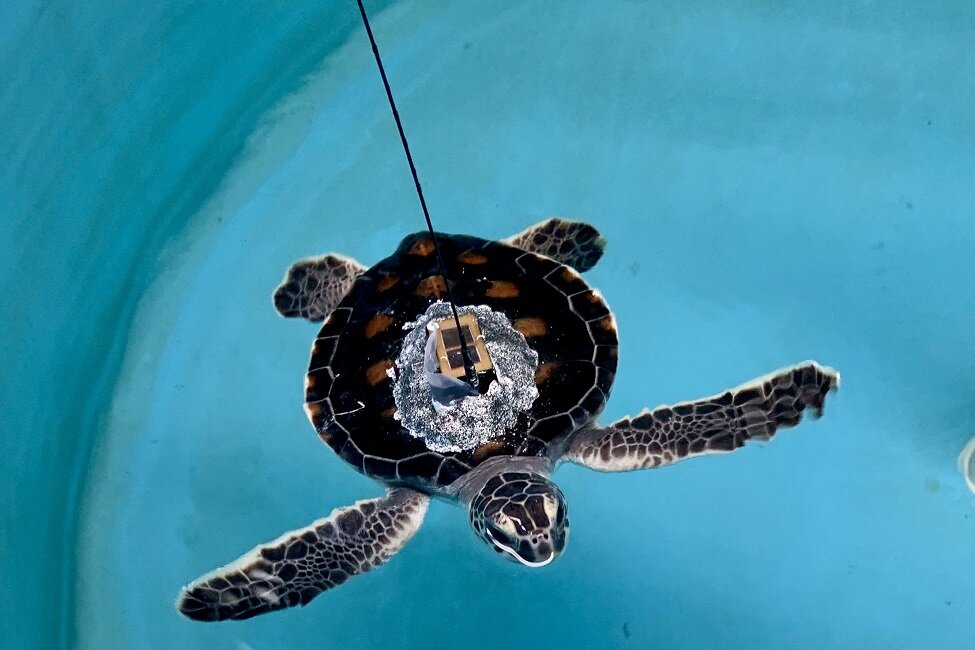
Effects of Environmental Factors
Temperature and Humidity
Temperature and humidity levels significantly impact the health and survival of baby turtles. As ectothermic animals, their body temperature is influenced by their environment, directly affecting their metabolic processes and overall well-being. Monitoring temperature and humidity conditions in both nesting and aquatic habitats is essential for understanding the thermal requirements of baby turtles and identifying potential threats or stressors related to climate change.
Water Quality
Water quality plays a critical role in the health of baby turtles. Monitoring factors such as pH, dissolved oxygen levels, salinity, and pollutant concentrations in their aquatic habitats is essential for ensuring optimal conditions for their survival and growth. Poor water quality can lead to respiratory issues, impaired immune function, and increased susceptibility to diseases.
Availability of Food and Shelter
Baby turtles require suitable food sources and shelter for their survival and growth. Monitoring the availability of prey species and understanding their feeding habits and preferences is crucial for maintaining their health and ensuring a balanced diet. Additionally, assessing the availability of natural and artificial shelters, such as vegetation or debris, allows for the provision of suitable habitats and protection from predators and adverse environmental conditions.
Tracking Population Dynamics
Monitoring Reproduction Rates
Careful monitoring and observation of baby turtles provide valuable insights into the reproductive success of their populations. By recording and analyzing nesting behaviors, nest success rates, and hatchling emergence, researchers can assess the reproductive output of turtle populations. This information helps identify potential threats to nesting sites and guides conservation efforts aimed at safeguarding their reproductive success.
Assessing Survival Rates
Monitoring the survival rates of baby turtles is crucial for understanding the overall health of their populations. Through tagging or tracking programs, conservationists can monitor individual turtles and estimate their survival rates over time. This data is vital for assessing the effectiveness of conservation measures and identifying potential factors impacting their survival, such as predation, diseases, or human activities.
Understanding Migration Patterns
Observing the movement patterns and migration routes of baby turtles allows for a comprehensive understanding of their spatial ecology. Tracking the movements of turtles provides insights into their preferred habitats, migratory routes, and areas of high conservation value. This information is essential for designing protected areas, developing effective conservation strategies, and mitigating human impacts on their migration patterns.
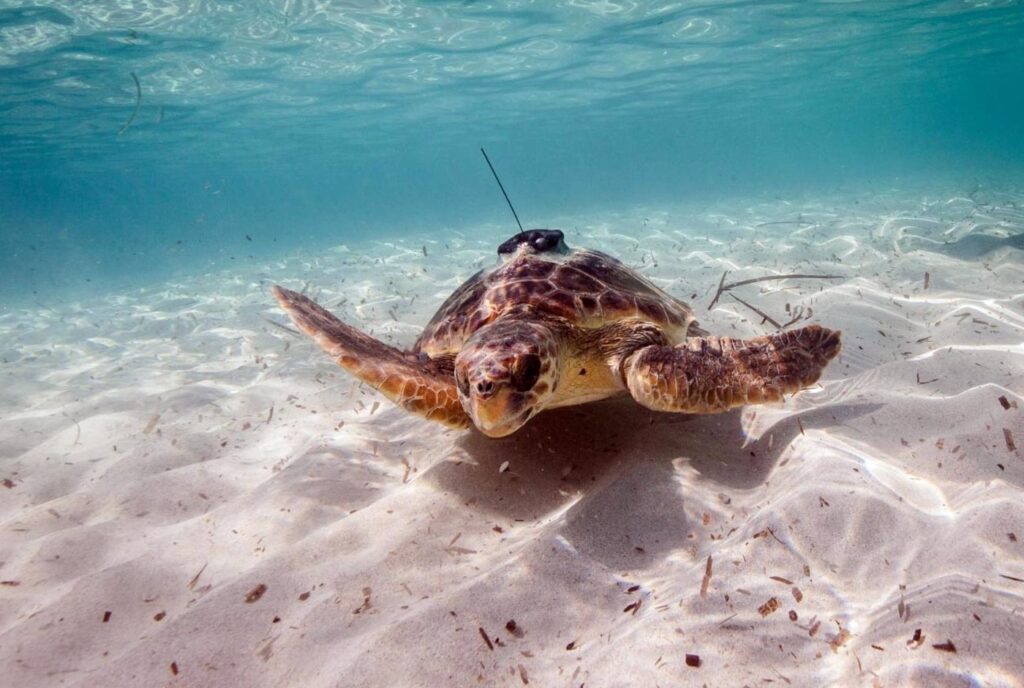
Conservation and Management Strategies
Development of Protective Measures
To ensure the survival and well-being of baby turtles, the development of protective measures is crucial. This includes the establishment of protected nesting grounds, conservation areas, and marine reserves. Implementing regulations and restrictions on harmful activities like fishing practices, pollution, and coastal development helps minimize the impact on baby turtles and their habitats.
Implementation of Rehabilitation Programs
In cases where baby turtles are injured, sick, or orphaned, rehabilitation programs play a vital role in their recovery and eventual release back into the wild. These programs involve expert care, medical treatment, and a structured rehabilitation process to strengthen and prepare baby turtles for their return to their natural habitats. Daily monitoring and observation are essential during these programs to assess their progress and ensure their successful reintegration into the ecosystem.
Educating Communities and Raising Awareness
Effective conservation and management of baby turtles necessitates community involvement and awareness. Educating local communities about the ecological importance of baby turtles, the threats they face, and the need for their protection is essential. Raising awareness through educational programs, outreach campaigns, and public events helps foster a sense of responsibility and encourages individuals to take actions that support baby turtle conservation efforts.
Promoting Species Preservation
Ensuring Reproductive Success
Preserving the reproductive success of baby turtles is crucial for the long-term survival of their species. Protecting nesting sites, implementing measures to minimize predation and human disturbances during the nesting season, and monitoring hatching success rates are essential steps in safeguarding their reproductive success. By continually monitoring and observing baby turtles, we can detect and address any challenges or threats to their reproductive cycle promptly.
Enhancing Genetic Diversity
Maintaining genetic diversity in baby turtle populations is vital for their resilience and adaptive capacity. Genetic diversity allows populations to respond to changing environmental conditions and increases their chances of survival. By monitoring and tracking the genetic diversity of baby turtles, conservationists can identify any genetic bottlenecks, low genetic variation, or inbreeding, and implement strategies to enhance genetic diversity through measures such as translocations or captive breeding programs.
Reducing Mortality Rates
Reducing the mortality rates of baby turtles is crucial for their long-term survival. By identifying and addressing the primary causes of mortality through monitoring and observation, such as predation, habitat loss, pollution, or entanglement in fishing gear, conservation efforts can be directed towards mitigating these threats. Implementing measures such as improved fishing practices, habitat restoration, and public awareness campaigns can significantly contribute to reducing mortality and promoting the survival of baby turtles.
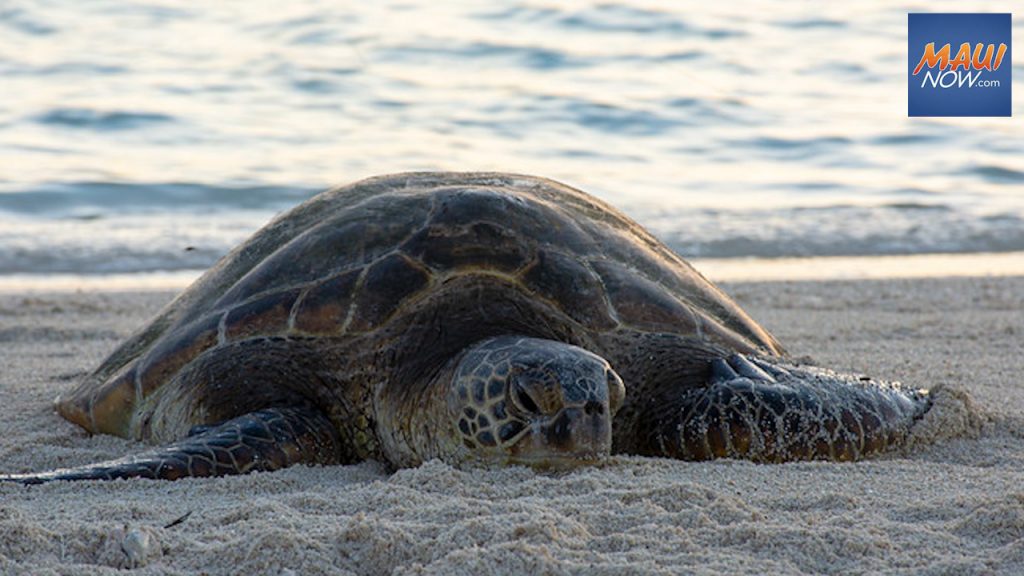
Research and Scientific Advancements
Exploring Behavior and Adaptation
Ongoing research on the behavior and adaptation of baby turtles provides valuable insights into their ecological roles and survival strategies. Through observational studies and experimentation, scientists can better understand their foraging behavior, responses to environmental cues, and adaptive capabilities in response to changing conditions. This knowledge aids in developing effective management strategies and conservation measures that align with the specific needs and behaviors of baby turtles.
Investigating Responses to Climate Change
Understanding how baby turtles respond to climate change is essential for their conservation in the face of ongoing environmental shifts. Research on their thermal tolerances, nesting preferences in changing temperatures, and potential impacts of rising sea levels provides critical information for predicting their future distribution and identifying areas of conservation concern. Monitoring and observing baby turtles allow researchers to track their responses and adapt conservation strategies accordingly.
Studying Long-term Effects of Pollution
The long-term effects of pollution on baby turtles are a topic of significant scientific interest. By studying the impacts of pollution on their health, reproductive success, and developmental patterns, scientists can gain insights into the sublethal effects of pollution on these vulnerable creatures. Daily monitoring and observation facilitate the collection of data and the identification of trends and patterns, contributing to our understanding of how pollution impacts baby turtles and guiding efforts to reduce pollution and its consequences.
Ethical Considerations
Combatting Illegal Wildlife Trade
Illegal wildlife trade poses a severe threat to baby turtles. By monitoring and observing baby turtles, authorities can detect potential cases of poaching, illegal pet trade, or trafficking. Strengthening law enforcement efforts, raising public awareness, and promoting responsible tourism are essential steps towards combatting illegal wildlife trade and protecting baby turtles from exploitation.
Protecting Endangered Species
Many species of baby turtles are classified as endangered or critically endangered, requiring significant conservation efforts. Daily monitoring and observation of these species enable early detection of population declines, changes in behavior, or emerging threats. By implementing proactive measures to protect these endangered species, such as habitat restoration and population management, we can ensure their survival and prevent their extinction.
Promoting Animal Welfare
Promoting the welfare of baby turtles is an important ethical consideration. By monitoring and observing their behavior and overall health, we can identify signs of distress, injury, or abnormal behaviors. This allows for timely intervention and the provision of necessary care to ensure their well-being. Advocating for responsible tourism and promoting responsible interactions with baby turtles, such as avoiding excessive handling or disturbance, further ensures their welfare and minimizes negative impacts on their natural behavior and ecology.
In conclusion, daily monitoring and observation of baby turtles’ behavior are of utmost importance. From understanding their ecological role and vulnerabilities to identifying health issues and contributing to their conservation, careful observation and documentation play a critical role. By continuously monitoring and observing baby turtles, we can better understand their needs, implement effective conservation measures, and ensure their survival for future generations to admire and appreciate.
